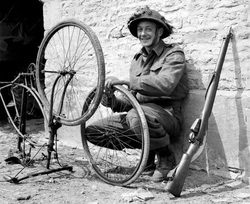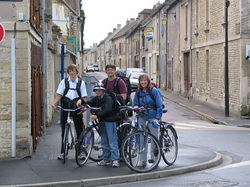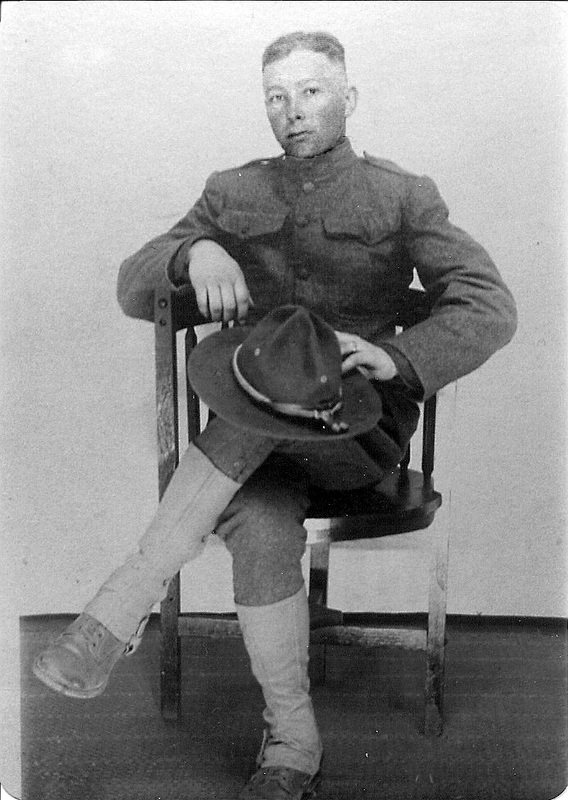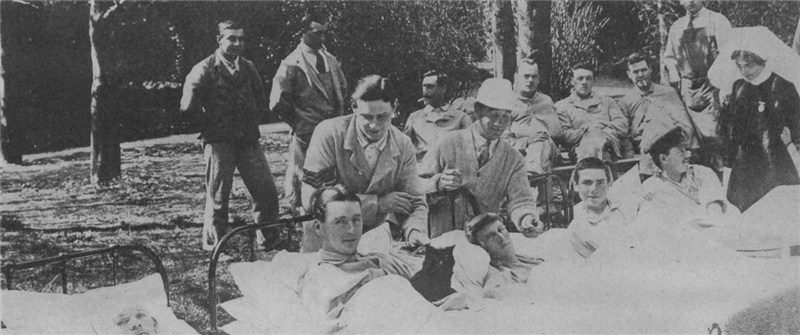 By Harrison (Sgt), No 5 Army Film & Photographic Unit - http://media.iwm.org.uk/iwm/mediaLib//8/media-8246/large.jpg This photograph BU 1024 comes from the collections of the Imperial War Museums., Public Domain
By Harrison (Sgt), No 5 Army Film & Photographic Unit - http://media.iwm.org.uk/iwm/mediaLib//8/media-8246/large.jpg This photograph BU 1024 comes from the collections of the Imperial War Museums., Public Domain  Train damaged by resistance sabateurs https://www.iwm.org.uk/collections/item/object/205206871
Train damaged by resistance sabateurs https://www.iwm.org.uk/collections/item/object/205206871 Few of the veterans of D-Day are still alive, but we remember them and honor them for their bravery.










